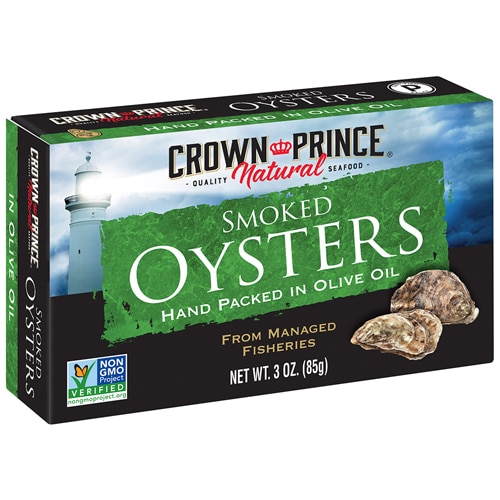A number of fascinating legends and tales recount the power of certain foods to act as love potions. Spanning cultures and still drawn on daily around the world, these foods embrace qualities that trigger more than one sense. Their particular combinations of scent, texture, taste and appearance act collectively to spark arousal and boost sensual pleasure.

The Kama Sutra—an ancient Sanskrit text considered by many to be the ultimate authority on seduction and the finer points of lovemaking—offers numerous recipes said to both amplify desire and enhance physical pleasure.
“There are many foods denoted as aphrodisiacs whose nutritional properties help boost sexual drive and sexual energy,” says Amy Reiley, master of gastronomy from Le Cordon Bleu and the author of Romancing the Stove: The Unabridged Guide to Aphrodisiac Foods (Life of Reiley, 2012). Named one of the five best female wine professionals in the world in 2005 by France’s Wine Women awards, Reiley is also the creator of EatSomethingSexy.com.
But if whipping up a traditional Kama Sutra concoction involving sparrow eggs is more effort than you want to devote to an evening, here are three exceptionally enjoyable alternatives.
Chocolate
Valentine’s Day associations aside, chocolate’s connection with romance and seduction may have much deeper roots, found in its chemical composition. Cocoa, an essential component of chocolate, contains a naturally occurring compound called phenylethylamine, a chemical that reaches peak levels in the brain during orgasm. Consumption of cocoa also triggers the release of endorphins, the body’s built-in “feel good” chemicals. The higher the pure cocoa content of the chocolate, the stronger its overall effect.*
Not swayed by the science? How about this for inspiration—chocolate is also reputed to have served as the aphrodisiac of choice for the powerful Aztec ruler Montezuma, who was alleged to have consumed up to 50 cups of the rich, dark elixir before calling on his harem. From a multisensory point of view, 50 cups may be just enough to fill the bottom of a tub for two.
Pomegranates
For centuries, pomegranates have been an enduring symbol of fertility and can be found at the center of a multitude of love legends. Persephone, the Greek goddess associated with spring, blooming crops and fertility, was unable to resist the pomegranate offered to her while she was held captive in the underworld by the love-struck god Hades.
Pomegranate seeds, dusted with sugar, are still served at Chinese weddings to ensure fertility, and some historians think the biblical reference to the apple that tempted Adam in the Garden of Eden was actually a pomegranate (a fruit more likely to have been found in the Middle East). The round, ruby fruit is specifically mentioned in the Karma Sutra as a significant aid to lovemaking.*
“The pomegranate is one of the sexiest foods on earth,” says Reiley. “Its crimson shade is the color of desire. They’re messy and sticky, and because there’s no other way to eat a pomegranate than with your fingers, consuming the juicy little seeds becomes a sensuous act of play. In ancient Greece, the pomegranate was the symbol of Dionysian rites. Today, the fruit is touted for its high vitamin C content.”
Oysters
Since a state of heightened sensuality is often achieved via multisensory experiences, the power of aphrodisiac foods isn’t limited to their taste. Qualifying as a staple in the erotica pantry, oysters have often been cited for their sensual look. They also contain nutrients essential to boosting a sluggish thyroid, helping libido.*
“In most cultures, oysters are considered a superfood,” says Reiley. “In addition to their high protein and low fat content, oysters are also loaded with zinc, a key mineral for increasing blood flow, a very necessary part of sexual arousal. Because of their suggestive shape and sensuously creamy texture when eaten, oysters have become one of the most popular aphrodisiac foods in the world.”*
*These statements have not been evaluated by the FDA. These products are not intended to diagnose, treat, cure or prevent any disease.



